
In almost all computer applications there are problems that require the reboot of the program. In addition, for the entry into force of some updates, and setting changes, the reboot is also required. Let's find out how to restart the Skype program on a laptop.
Restart application
The Skype Reloading Algorithm on a laptop is practically no different from a similar task on a common personal computer.
Actually, this program does not have any reboot button. Therefore, the Skype restart is to complete the work of this program, and in the subsequent inclusion.
Outwardly, the most similar to the standard reboot application output from the Skype account. In order to do this, click on the Skype menu section, and in the action list that appears, select the "Exit from the account".
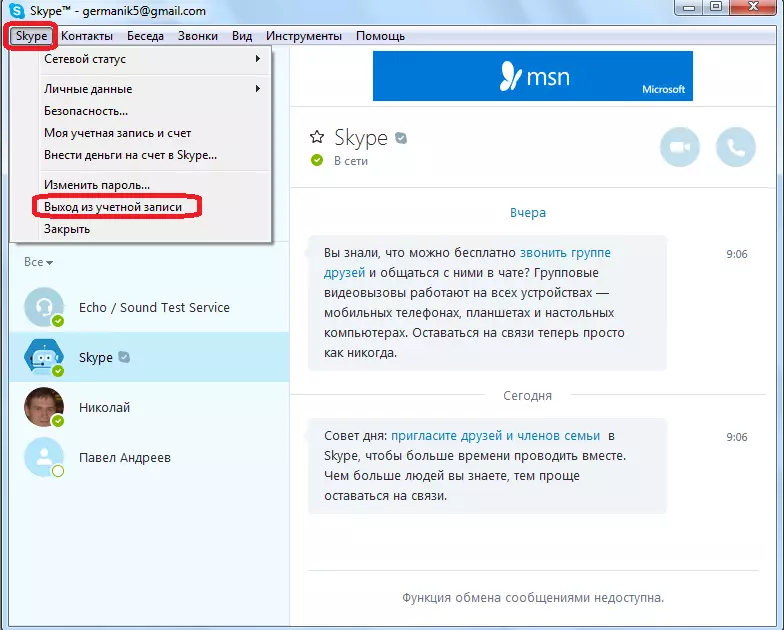
You can exit the account by clicking on the Skype icon on the taskbar, and choosing the "Exit account" in the list that opens.

At the same time, the application window immediately closes, and then starts again. True, this time it will not open an account, but the form of login to the account. The fact that the window is completely closed, and then opens, creates the illusion of reboot.
To truly reboot Skype, you need to get out of it, and then re-run the program. You can exit Skype in two ways.
The first of them represents the output by clicking on the Skype icon on the taskbar. At the same time, in the list that opens, select the option "Skype".

In the second case, you need to choose an item with exactly the same name, but by clicking on the Skype icon in the field of notifications, or as it is called it, in the system tray.

In both cases, a dialog box will appear that asks if you really want to close Skype. To close the program, you need to agree, and click on the "Exit" button.
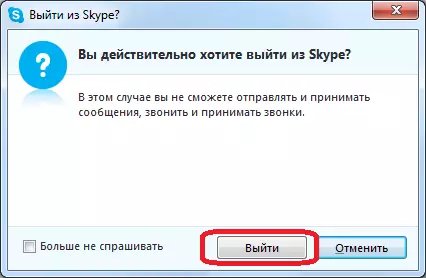
After the application is closed, in order to fully complete the reboot procedure, you need to run Skype again, click on the program shortcut, or directly on the executing file.

Reboot in emergency cases
With the hang of the Skype program, it should be rebooted, but the usual reboot means are not suitable here. To forcibly restart Skype, call the task manager using the keyboard keyboard CTRL + SHIFT + ESC keys, or clicking on the appropriate menu item called from the taskbar.

In the Task Manager tab, you can try to restart Skype by clicking on the "Remove the task" button, or selecting the appropriate item in the context menu.
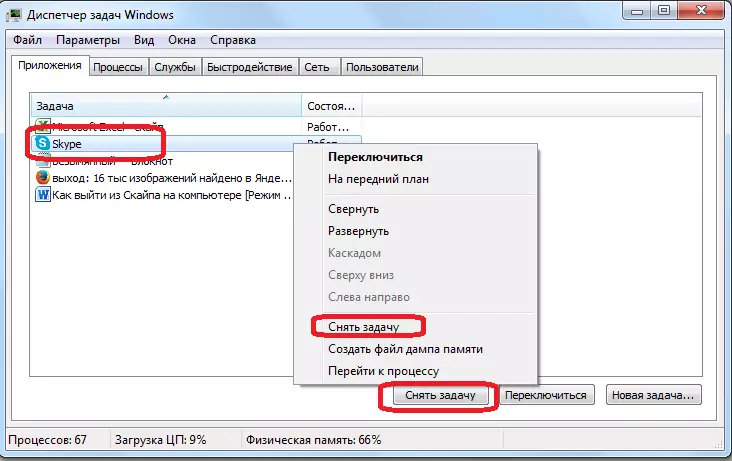
If the program still failed to restart, then you need to go to the "Processes" tab by clicking on the context menu item in the Process Process Manager.
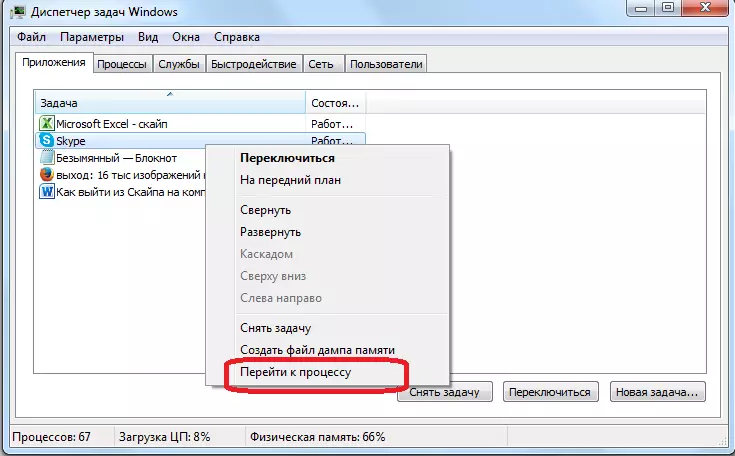
Here you need to highlight the Skype.exe process, and click on the "Complete Process" button, or select an item with a similar name in the context menu.
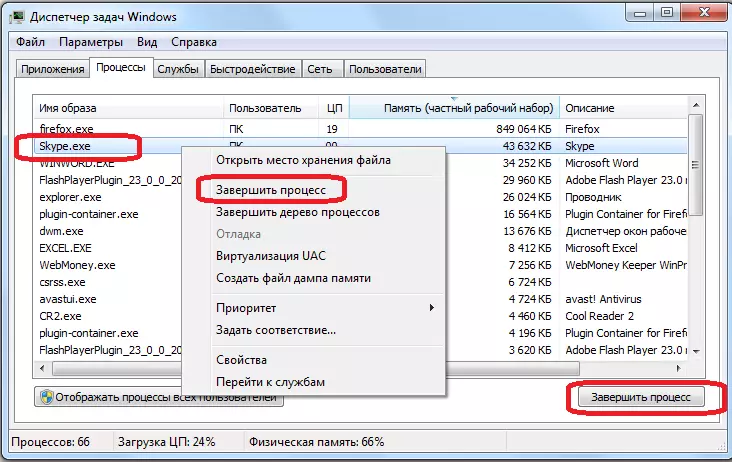
After that, a dialog box appears, which asks if the user really wants to complete the process, because it can lead to data loss. To confirm the desire to restart Skype, click on the "Complete Process" button.
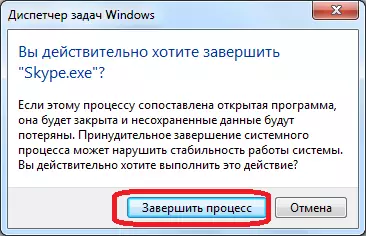
After the program has been closed, you can start it again, as well as when rebooting by regular methods.
In some cases, not only Skype may hang, but the entire operating system as a whole. In this case, call the task dispatcher will not work. If you do not have time to wait, when the system restores its job, or it can no longer do this anymore, then you should restart the device completely by clicking on the laptop reboot button. But, this method of rebooting Skype and a laptop as a whole can only be used in the most extreme case.
As we see, despite the fact that in Skype there is no automatic reboot function, this program can be rebooted by hand in several ways. In normal mode, it is recommended to restart the program in a standard way through the context menu in the taskbar, or in the notification area, and the full hardware restart system can only be used in the most extreme case.
